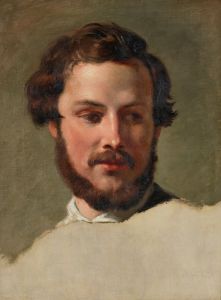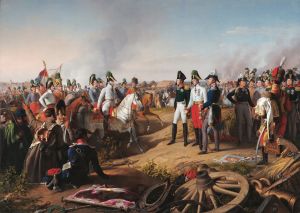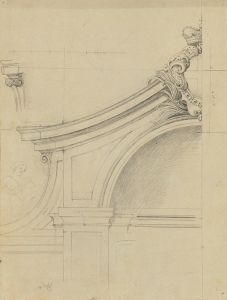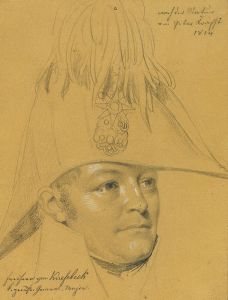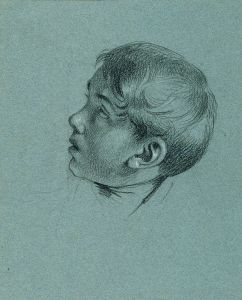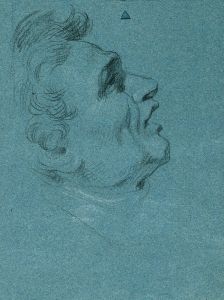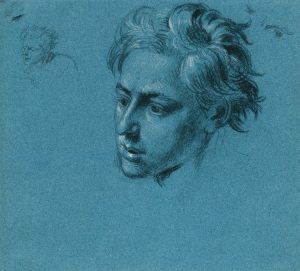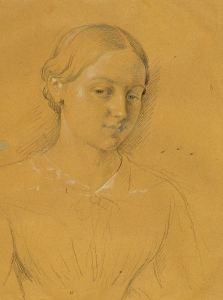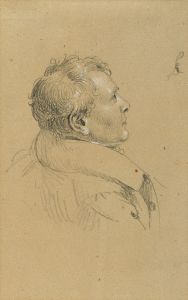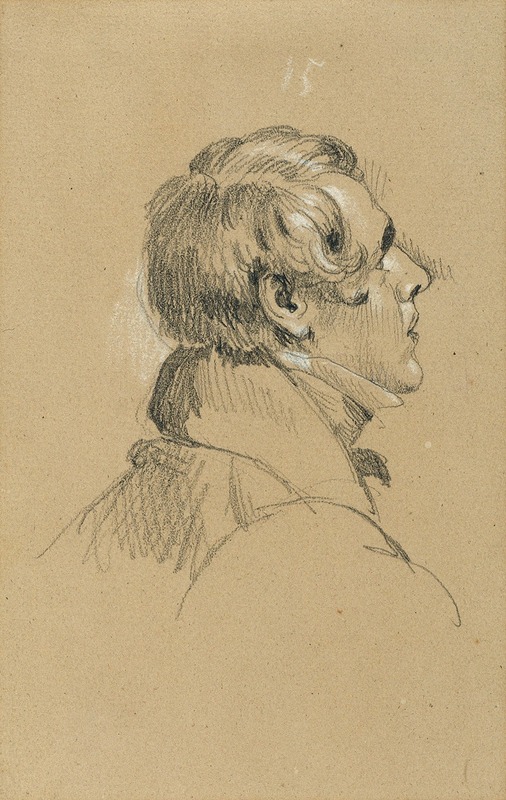
Studie zur ‘Rückkehr des Kaisers Franz aus Pressburg’
A hand-painted replica of Johann Peter Krafft’s masterpiece Studie zur ‘Rückkehr des Kaisers Franz aus Pressburg’, meticulously crafted by professional artists to capture the true essence of the original. Each piece is created with museum-quality canvas and rare mineral pigments, carefully painted by experienced artists with delicate brushstrokes and rich, layered colors to perfectly recreate the texture of the original artwork. Unlike machine-printed reproductions, this hand-painted version brings the painting to life, infused with the artist’s emotions and skill in every stroke. Whether for personal collection or home decoration, it instantly elevates the artistic atmosphere of any space.
Johann Peter Krafft was an Austrian painter known for his historical and genre scenes, and one of his notable works is "Studie zur ‘Rückkehr des Kaisers Franz aus Pressburg’" (Study for 'The Return of Emperor Franz from Pressburg'). This painting is a preparatory study for a larger work that captures a significant moment in Austrian history.
The painting depicts the return of Emperor Franz I of Austria from Pressburg, now known as Bratislava, which was a significant event during the Napoleonic Wars. Pressburg was the site of the signing of the Peace of Pressburg in 1805, which marked the end of the War of the Third Coalition. This treaty was signed between Napoleon and Holy Roman Emperor Francis II, who was also Emperor Franz I of Austria, following the French victory at the Battle of Austerlitz. The treaty resulted in significant territorial losses for Austria and marked a shift in the power dynamics of Europe.
Krafft's study for the painting captures the celebratory atmosphere of the Emperor's return, despite the political and territorial concessions made in the treaty. The composition likely includes figures of importance from the Austrian court and military, as well as representations of the general populace, reflecting the national significance of the event. The study would have been used to plan the larger composition, focusing on the arrangement of figures, the use of light and shadow, and the overall mood of the scene.
Johann Peter Krafft was born in Hanau, Germany, in 1780 and later moved to Vienna, where he became a prominent figure in the art scene. He studied at the Academy of Fine Arts in Vienna and was influenced by the works of Jacques-Louis David, a leading French painter of the time. Krafft's style is characterized by its clarity, attention to detail, and the ability to convey narrative through visual means. His works often reflect the political and social climate of his time, and he was adept at capturing the nuances of historical events.
The "Studie zur ‘Rückkehr des Kaisers Franz aus Pressburg’" is an example of Krafft's skill in historical painting, a genre that was highly valued in the 19th century for its ability to convey national pride and historical consciousness. While the study itself may not be as detailed as the final work, it provides insight into Krafft's artistic process and his approach to depicting historical events.
Krafft's contributions to art were recognized during his lifetime, and he held several prestigious positions, including that of a professor at the Academy of Fine Arts in Vienna. His works remain significant for their historical content and artistic merit, offering a window into the cultural and political landscape of early 19th-century Europe.
The study for "The Return of Emperor Franz from Pressburg" is a testament to Krafft's ability to blend historical narrative with artistic expression, capturing a moment of national significance with both accuracy and emotional depth.





